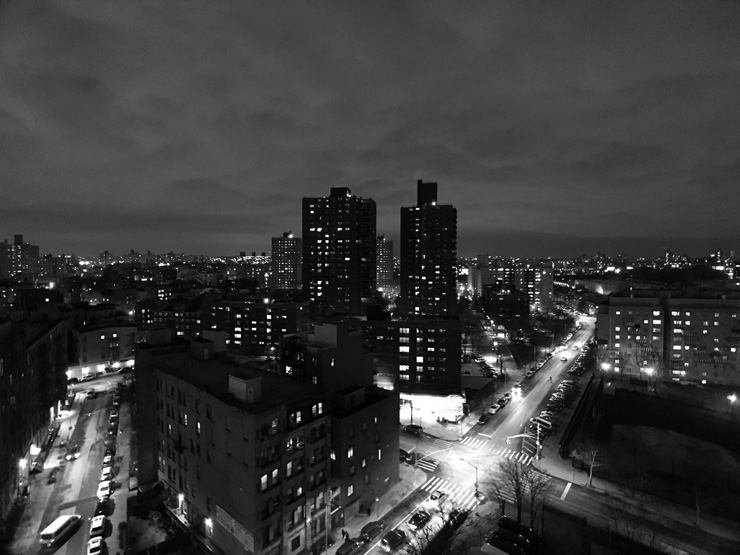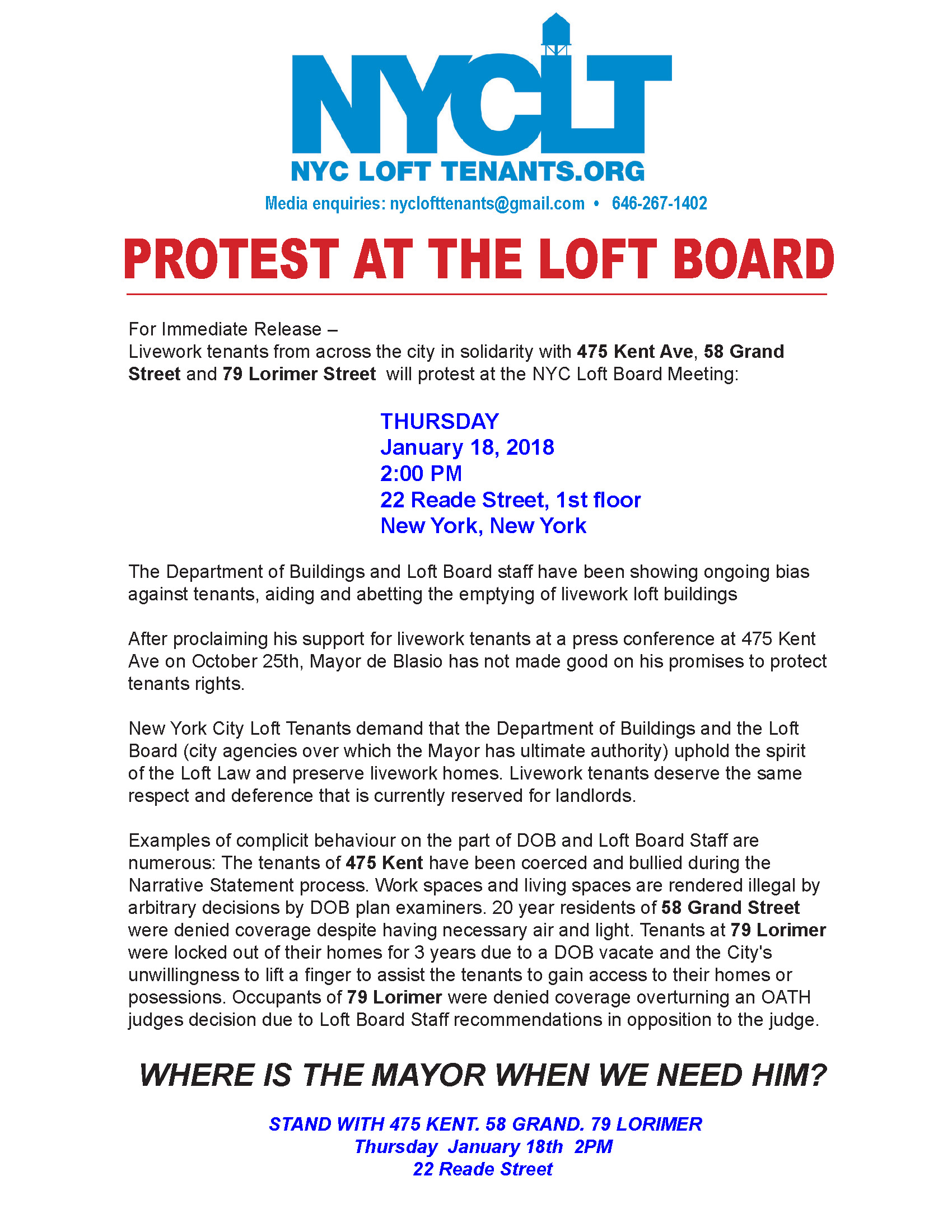They’re not coming here to dine at the Olive Garden or take a tour through the Target.
They’re here for “Hello Dolly”, “Hamilton”, and “Cats”. They’re here for Billie Joel at the Garden, “Springstein on Broadway” and the “David Bowie” opening at the Brooklyn Museum. They’re here for the virtual reality exhibition “Celestial Bodies” at the Museum of Sex, Picasso and Marina Abramović at MoMa, and the 34,000 items in the Met’s Costume Institute. They’re here for Jazz at Birdland, punk at Manitobas, the singers at Joe’s Pub and dancing at “The Dirty Circus” party at House of Yes in Bushwick.
Whether its EDM or country music, Ai Wei Wei or Shepard Fairey, they’re reading about the arts from writers in the The New York Times, ArtForum, Hyperallergic, Time Out, The Village Voice, Daily News and right here.

Brooklyn Skyline. (photo © Jaime Rojo)
The creative economy of artists, actors, dancers, musicians, photographers, curators, designers, art directors, architects, producers, writers, authors, painters, poets, coaches, trainers, teachers, filmmakers, lighting designers, stage designers, software programmers, prop makers, furniture designers, singers, chefs, hairdressers, makeup artists, fashion designers, and yes, Street Artists all are the contributors to the valuable cultural lifeblood of New York City.
And all of these people need a place to live and work, to create, to practice, to try and fail, and to try and succeed.
They also need to be able to pay the rent. That has been less and less and less possible in the last three decades at least with skyrocketing prices chasing low and medium income people from one neighborhood to the next.
These cultural creators have been moving from abandoned neighborhood to neglected neighborhood – in the process most often making the neighborhood more desireable – and then pushed out by the real estate investors. An effort to stem this unfair, brutal and insulting process, activists and artists created The Loft Law, which saved thousand artists in the 1980s and 1990s and it protected many Live/Work creative spaces and the cultural richness of the City that Never Sleeps. A second wave of Live/Work spaces were given protection via Albany in 2010 in a 2nd Loft Law that covers creatives who brought neighborhoods around the city like Williamsburg and Bushwick back to life as desireable creative meccas.
Yes, this is one of the stories about gentrification – and yes, protection of affordable space for artists is not more important than affordable apartments for every single New Yorker. There are many programs afoot put in place ( please see: Mayor de Blasio Announces City Secured More Affordable Housing in 2017 Than in Any Prior Year.)
But that’s not why we’re writing today.
We’re writing to support all artists who give to this city and would like to assure that our elected officials, landlords, and the Loft Board remember their responsibility to respect and protect the rights of tenants, their families, their children, their grandchildren, brothers, sisters, aunts, uncles, mothers, fathers.
Many tenants in the last couple of years have questioned whether the protections afforded under the Loft Law are being run over roughshod or ignored altogether, according to many artists you’ll speak with. There are accusations that hard-won rules are being skipped over, artists are being coerced, that clearly defined processes are being foreshortened and rammed through without input.
It’s an old story, a swinging of the pendulum of justice toward the people and away from the people, but one that needs to be righted occasionally. At this moment, with the Mayor so clearly expressing a desire to protect the rights of the New York creative industry for affordable safe loft Live/Work spaces, it seems possible.
Here is the press release for a protest by 475 Kent tenants today at the meeting of the New York City Loft Board.

475 Kent tenants are asking that you ALL come out and support them.
Loft Board Meeting
2:00 PM
January 18, 2018
New York City Loft Board
22 Reade Street, 1st floor
New York, New York
Other Articles You May Like from BSA:
Yes, money falling from the sky, that’s what people pray for sometimes. As long as those metal coins flying at high speed don’t hit you or your dog, it would appear to be a splendid idea. INO had the...
You may remember when extraterrestrials were fodder for heartwarming family tales like the cute E.T. in the movie theater. Here his famous quote "E.T. phone home" has been repurposed as a cautio...
Stikman and EKG share a couple of traits besides both of them being very active on the streets. Neither are fans of big showy displays -both use small gestures, often cryptic, appearing in unusual pla...
“Why do you glorify and duplicate these two criminals?! They shouldn’t have a monument at all. Next you’re doing Hitler?” Various & Gould. "City Skins - Marx and Engels" Berlin, May 2017. (phot...
For those who felt that they lost a friend when David Bowie died two years ago, a new exhibition organized by The Brooklyn Museum will bring him back to you for a moment. For those who refuse to speak...
 BROOKLYN STREET ART LOVES YOU MORE EVERY DAY
BROOKLYN STREET ART LOVES YOU MORE EVERY DAY










